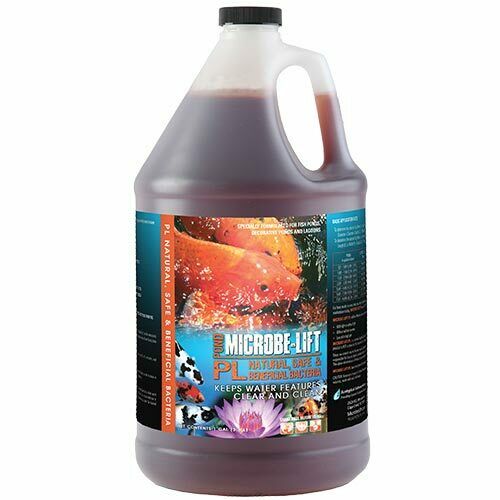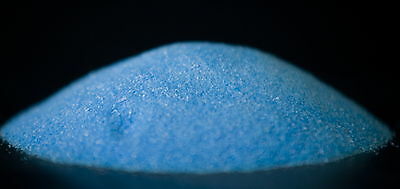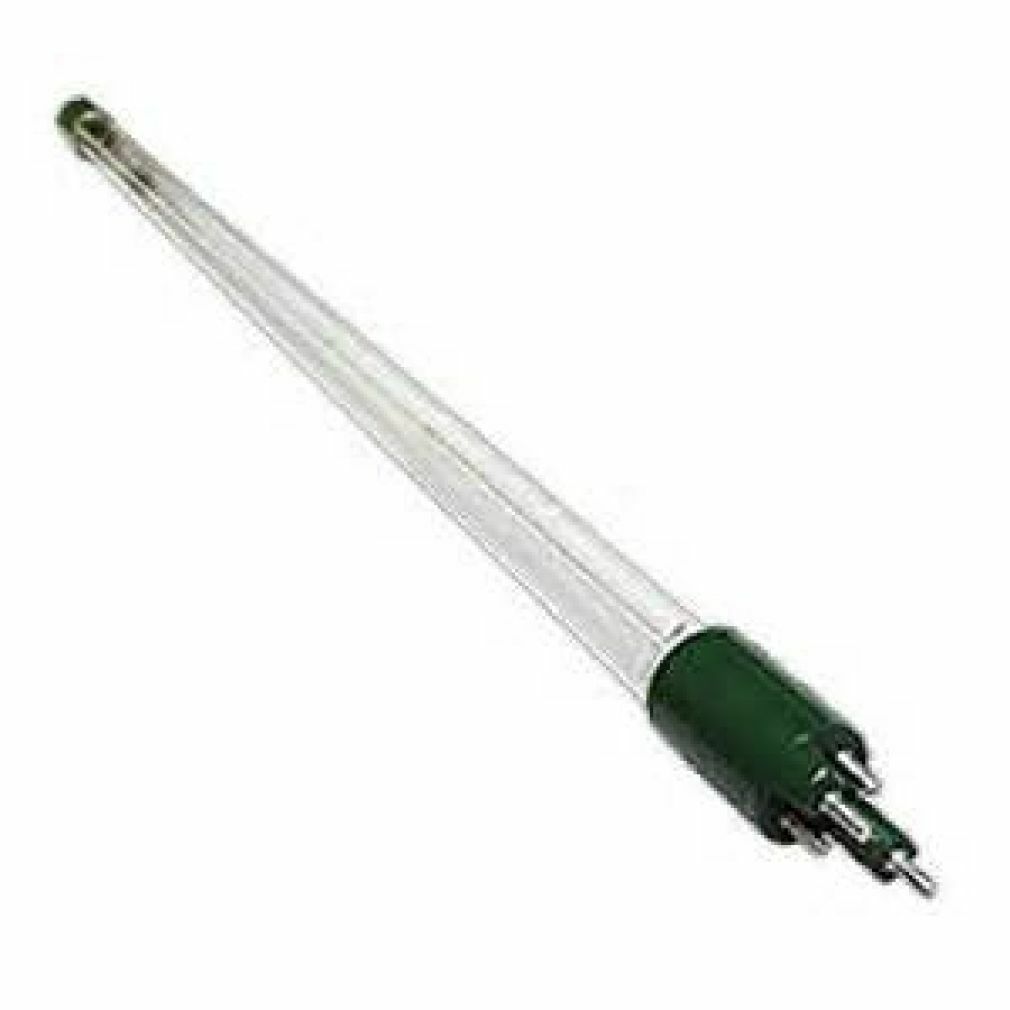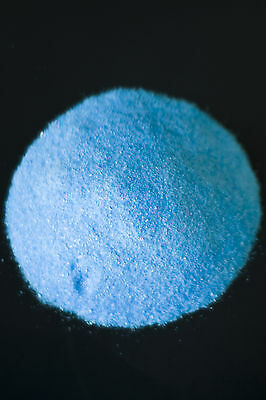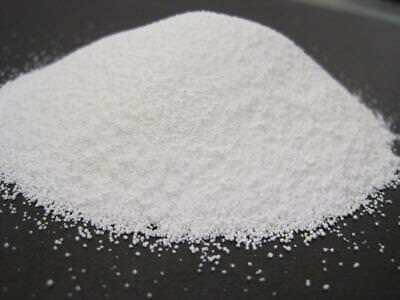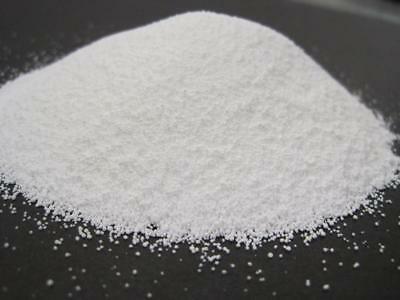-40%
Almond Indian Leaves Catappa Fish Betta Shrimp Aquarium Ketapang Leaf Care Pcs
$ 7.91
- Description
- Size Guide
Description
Almond Indian Leaves Catappa Fish Betta Shrimp Aquarium Ketapang Leaf Care Pcs Dried Discus Cichlid 10 30pcs Large Best 50pcs.What are Indian almond leaves?
In aquarium use, Indian almond leaves refer to the dried leaves of the
Terminalia catappa
tree – a tree that is native to Southeast Asia and has been used in traditional medicine there for centuries.
If you are wondering what a
Terminalia catappa
tree looks like, here it is…
The leaves are usually harvested by picking them up off the ground.
A single tree can drop a LOT of leaves.
Once dried, they are ready to be used in aquariums.
You might also hear Indian almond leaves shortened to IAL or referred to as catappa leaves, named after the tree it comes from.
Why are Indian almond leaves used in aquariums?
Let’s take a look at the 5 most common uses for Indian almond leaves.
1. Improve the quality of your aquarium water.
When added to your aquarium, an Indian almond leaf will gradually break down. And as it does, it releases tannic acid, tannins and other substances into your aquarium.
As the tannic acid is released, it lowers the pH of your water. If you want a natural solution to reduce the pH levels in your aquarium, Indian almond leaf helps to achieve just that.
A study has also found that Indian almond leaves can significantly decrease water hardness (GH), which can benefit those who use hard water in their aquariums.
Okay, but what good is that for your aquarium?
Well, the water out of your faucet probably doesn’t match the ideal conditions of the fish you keep.
Indian almond leaves
change
the water so that it more closely resembles the habitat of your fish, particularly those from Southeast Asia and South America.
Fish that benefit from Indian almond leaves include:
Angelfish
Barbs
Betta
Cory catfish
Discus
Gouramis
Killifish
Platies
Rasboras
Tetra
2. Natural medication for skin problems.
Image: Betta_Queen.
Many aquarists swear by Indian almond leaves as a natural remedy for diseases or injury involving their fish’s skin or rather their scales.
It is believed the tannins released by Indian almond leaves kill bacteria, fungus and viruses, allowing an injured fish to heal much quicker.
It is even suggested that Indian almond leaf might be a better solution than antibiotics and other medications when fighting bacteria and fungus in commercial fish farms.
In Southeast Asia, many betta keepers add an Indian almond leaf to their betta’s water because they believe that it toughens their fish’s skin and makes them better for fighting. They also use it to help a fish heal after a fight.
While there have been no studies that prove Indian almond leaf helps toughen betta skin, there is strong anecdotal evidence to suggest it does.
The argument for Indian almond leaves as a medication for fish, however, is a little more compelling.
You see, Indian almond leaves contain
flavonoids
.
I won’t bore you with all the details, but a flavonoid is essentially what gives fruits and vegetables their color.
But it’s one flavonoid in particular that we are interested in – quercetin. And, Indian almond leaves have lots of it.
Quercetin has been shown to offer anti-inflammatory benefits to humans.
Other studies show that tannins have antifungal properties.
It’s possible the tannins and flavonoids in Indian almond leaves are responsible for fish healing faster.
3. A leafy location for your fish to spawn.
Many fish release their eggs (spawn) on or underneath fallen leaves. This helps hide eggs from predators or from washing away.
Discus and tetras prefer to spawn on leaves at the bottom of a waterway. Betta and gouramis, on the other hand, build bubble nests on leaves that float on the surface.
Indian almond leaves also have another benefit to spawning, and it’s one I covered earlier.
Many fish will only spawn under certain water conditions. And the reduced pH and water hardness may be exactly what is needed to trigger your fish to spawn.
4. Food and protection for fry (baby fish).
Indian almond leaves are the gift that keeps giving, even once your fish have hatched.
Many fish keepers add Indian almond leaves to fry tanks – an aquarium that is set aside just for baby fish.
First, the leaves give fry a place to hide, allowing them to feel safe. Sure, there are no predators in your fry tank, but your tiny fish don’t know that.
As the Indian almond leaves begin to break down, microorganisms called
infusoria
appear and feed on the leaf.
Infusoria are so small that humans can barely see them with our naked eye. However, to your fry that is barely bigger than an eyelash, infusoria might as well be a steak dinner.
Newly hatched fry happily chow down on infusoria until they grow large enough that they need to switch to an alternate food source.
5. A feast for your shrimp tank
Image: StachedCardinal
Shrimp Indian almond leaves. They often swarm any new leaf that is placed in their tank.
What’s the attraction?
Well, shrimp love the taste. Your shrimp will happily munch on Indian almond leaves and the microorganisms that grow on them as they break down.
Shrimp also happily hide underneath the leaves once they are full. Dinner and a home? It doesn’t get much better than that!
Important: Some species of shrimp prefer high pH and water hardness. Indian almond leaves are not suitable for these shrimp.
As you see, Indian almond leaves benefit many different aquariums. Buy some here:
Check Price
Why do Indian almond leaves change the color of your water?
As Indian almond leaves break down, they release tannins. These tannins can stain your water, turning it a yellow or brown tinge.
It’s similar to dipping a tea bag into a hot cup of water. The tannins are released into the water, giving the tea its color.
To a beginner, this yellow water can be quite a surprise.
I mean, whenever you go to a fish store or aquarium, the water is crystal clear, right?
Well, it might surprise you to learn that this yellow water is actually a good thing for many types of fish.
You see, lots of fish come from waters that are a murky brown color.
Most rivers and streams are a dark color because thousands or even millions of leaves have washed into the water and broken down.
While you might not be crazy about the color, this darker water may reduce stress in shy fish like discus.
And since stress is the number one cause of death in fish, a little bit of yellow water is a small price to pay for the happiness of your fish.
In fact, many fish owners
prefer
darker water – it allows them to create unusual and stunning aquariums like this one…
Payment policy
Only accept pay-pal and payoneer payments.
Shipping policy.
We ship our product worldwide using a fast shipping method with traceable tracking numbers and normally we take about 3-5 business days to handle each order.
Sometimes shipping may be delayed due to the current pandemic situations. I think you will understand the situation and wait patiently.
We start the shipping process of the products after payment is verified.
Please make sure to provide the correct address and postal code when placing an order.
Return policy
We promise to use a proper carrier to deliver our products. However in the event that you don’t receive your order when expected then please inform us immediately by eBay message.
It’s only when informed that we can rectify the situation to your satisfaction. Should you have any problem, complaint or concern then this should be notified to us by eBay message within 24 hours of receiving goods.
We will always respond in a timely manner and we will assist you where we can. You are responsible for paying the return shipping cost.
Please Leave Feedback For Our Better Future.
Feedback is very important for us to move this business forward.
If you have any questions, please contact us before leaving negative feedback, we will try our best to serve you. we will definitely do you justice.
Thank you for your understanding !
HOPE YOU HAVE A NICE SHOPPING!
“Thank you for shopping with us. I hope you come back again , Stay safe!”








